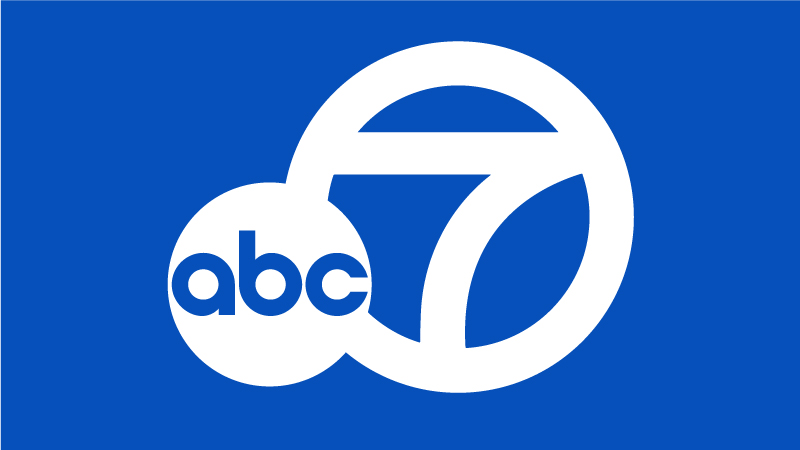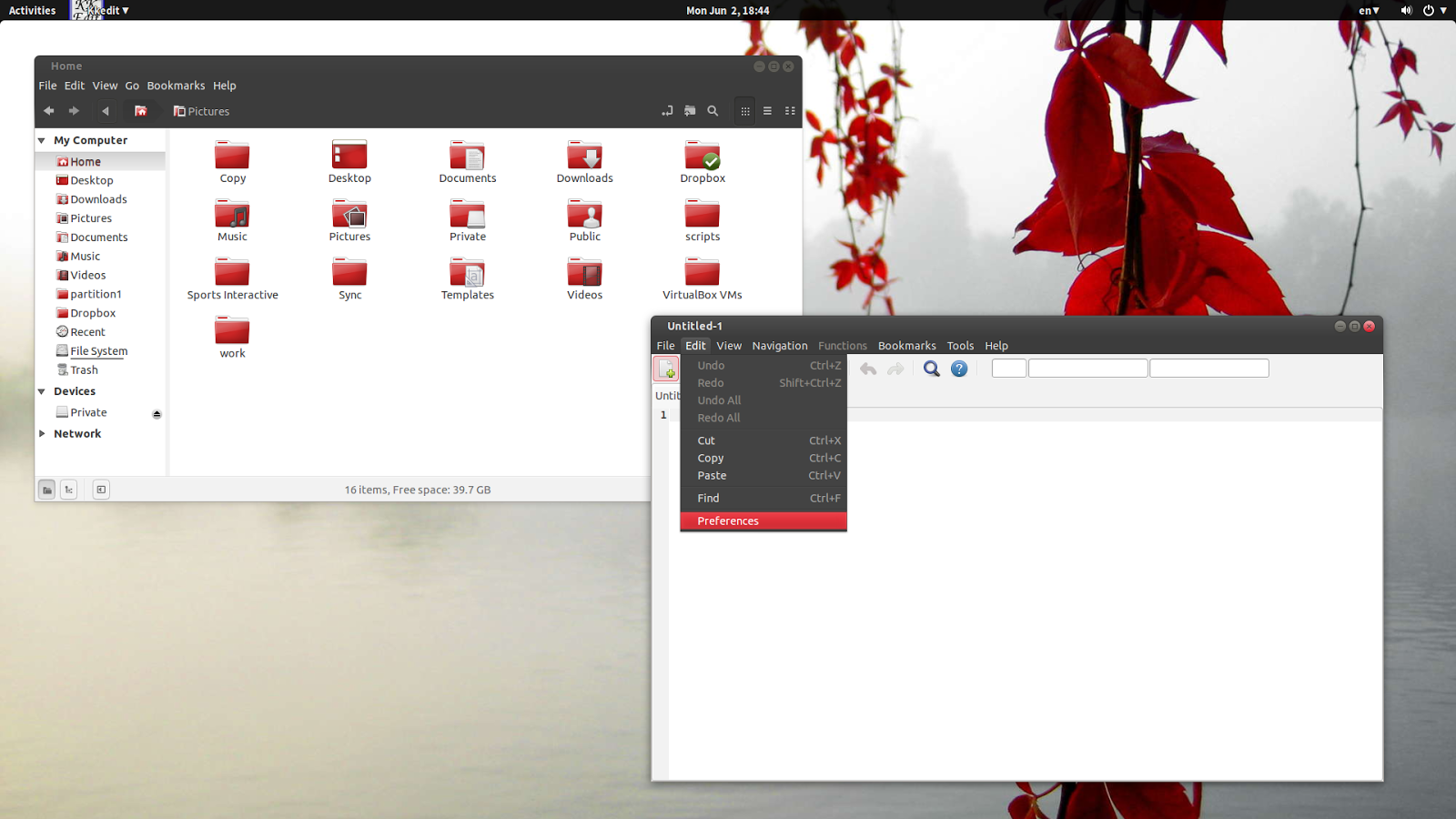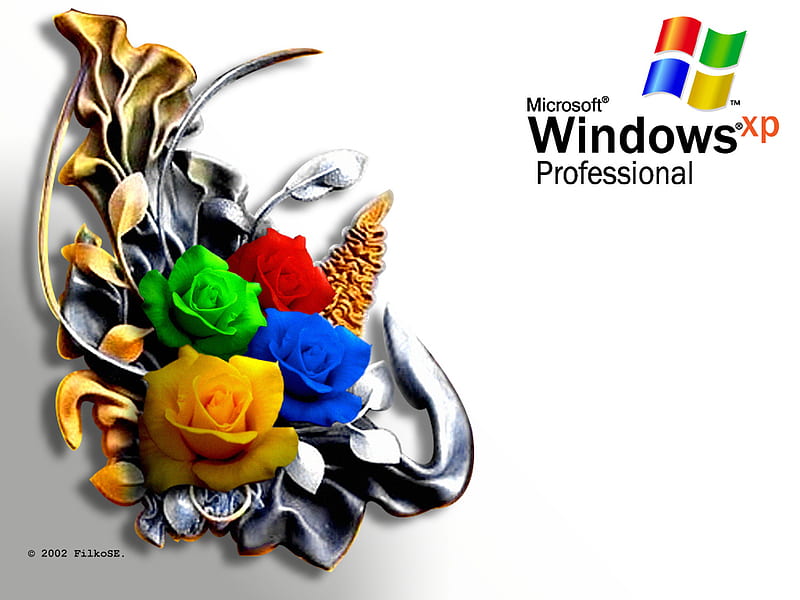

- #RADIANCE WINDOWS XP BACKGROUND PORTABLE#
- #RADIANCE WINDOWS XP BACKGROUND SOFTWARE#
- #RADIANCE WINDOWS XP BACKGROUND PC#
- #RADIANCE WINDOWS XP BACKGROUND DOWNLOAD#
Select Mikron’s Spectral band or enter your own filter’s HPBW points if you select “SPECIAL”. radiance wrote:also, it might be best if you download the demo suite, from our downloads page, unzip it and open the OCS file with File -> Open in Octane of for example the chessset with images or the benchmark scene. In order to use blue, it is recommended to also modify the background colors of all widgets you plan to use, as the theme colors are not changed during the operations. radiance and blue have proven to be quite suitable for this purpose. This program is required to remain running during any time spectral correction is required.Ĭurrent blackbody temperature updated one reading/second 'radiance', 'winxpblue' It is recommended to choose a theme with noticeable colors for the best results.

Upon leaving, the spectral correction is removed from the controller. The program will automatically find the com port and display the screen shown above. Attach the RS-232C cable that came with the blackbody to an available RS-232C port on the PC.

Insert the CD into the CD-Rom drive and follow the installation instructions. Infrared thermometer that is being calibrated by the blackbody source. The first parody was published on a message board thread on 2 titled The Bliss Parody Gallery, which was started on July 19th, 2006. The use of this program along with the blackbody provides automatically compensated radiance outputs regardless of the spectral response of the This photo is about windows wallpaper, windows xp background, windows xp wallpape Window XP was first released to the public, with the default wallpaper, on October 25, 2001.
#RADIANCE WINDOWS XP BACKGROUND PC#
This program that runs on any PC (Windows 2000/XP) with a free RS-232C port communicates with the M330 blackbody source controller.
#RADIANCE WINDOWS XP BACKGROUND SOFTWARE#
Radiance Correction Software for M330 Blackbody Source HP filtering of spectra with an optimized Butterworth filter (order 8, cutoff frequency 0.060) improves the prediction results, resulting in no missed ethanol detections and false positive rates of less than 0.4%.Appendix B: Optional Blackbody Spectral Radiance Correction Software 43 Because of variation in backgrounds between the training and prediction data, the best classifier obtained with unfiltered spectra is unable to detect ethanol in 37% of the test cases. Significant improvement in classification performance is achieved by use of the HP filters. Butterworth filters are used to implement HP digital filtering, while Savitzky–Golay filters are used to implement SD filtering. Support vector machines are employed as a classification algorithm with HP filtered spectra used as input patterns.

NOTE: This is the 4k version, but does not have the saturation and contrast of the original Bliss. The resulting classifiers are tested with data collected by the same spectrometer mounted on an aircraft flying over the emission stack. Yes, this is the original lBliss wallpaper from Windows XP at a much higher resolution than the original XP wallpaper at 1920x1200 rather than 800圆00. when the scene temperature is close to cosmic background temperature, large bias will present when applying the R-J calibration equation with Tc correction. The classifiers are trained with data collected on the ground with the spectrometer viewing the plumes against a synthetic backdrop designed to simulate a terrestrial radiance source. Advanced Radiance Transformation System (ARTS) For Space-borne Microwave Instruments.
#RADIANCE WINDOWS XP BACKGROUND PORTABLE#
This methodology is tested by building classifiers for detecting heated ethanol plumes released from a portable emission stack. Applying HP digital filtering to the spectra to remove background contributions is evaluated as a strategy to help improve classifier performance. In measurements performed with a downward-looking spectrometer mounted on an aircraft platform, the effects of non-constant background radiance from the ground make it challenging to build automated classifiers for detecting an analyte of interest. High-pass (HP) digital filtering and second-derivative (SD) filtering are evaluated as methods of removing background contributions from spectra collected by passive Fourier transform infrared spectrometry.


 0 kommentar(er)
0 kommentar(er)
